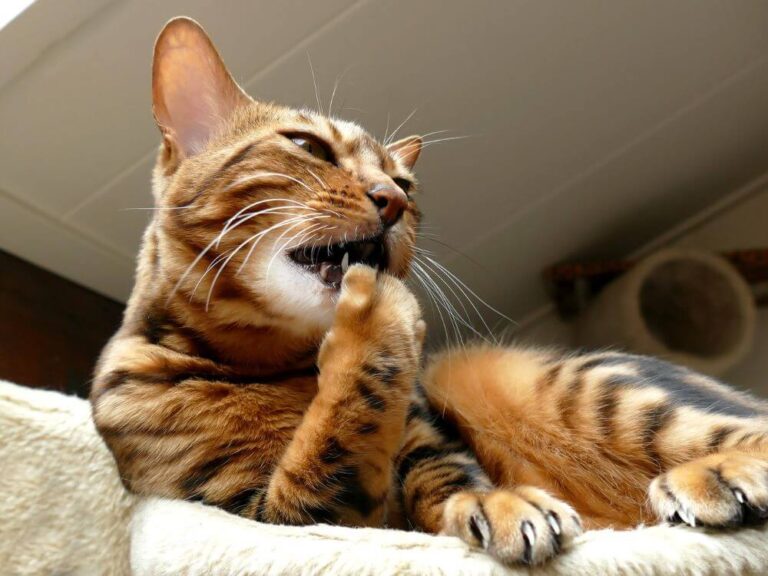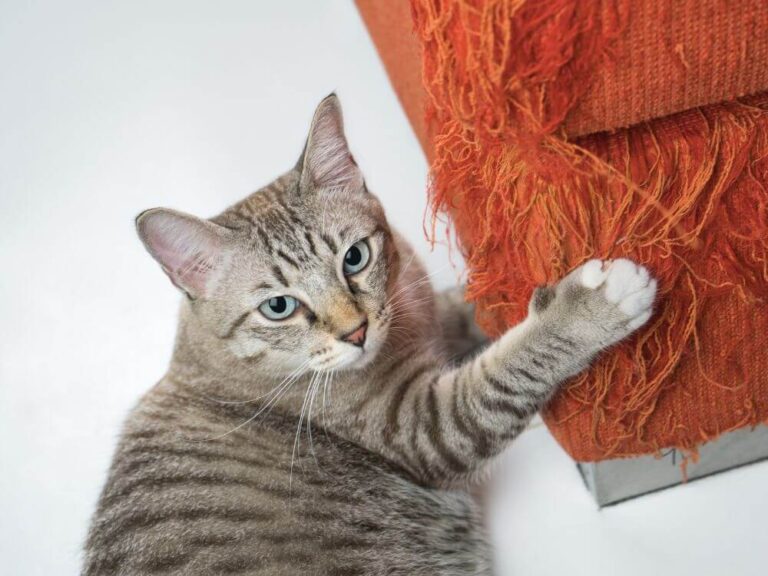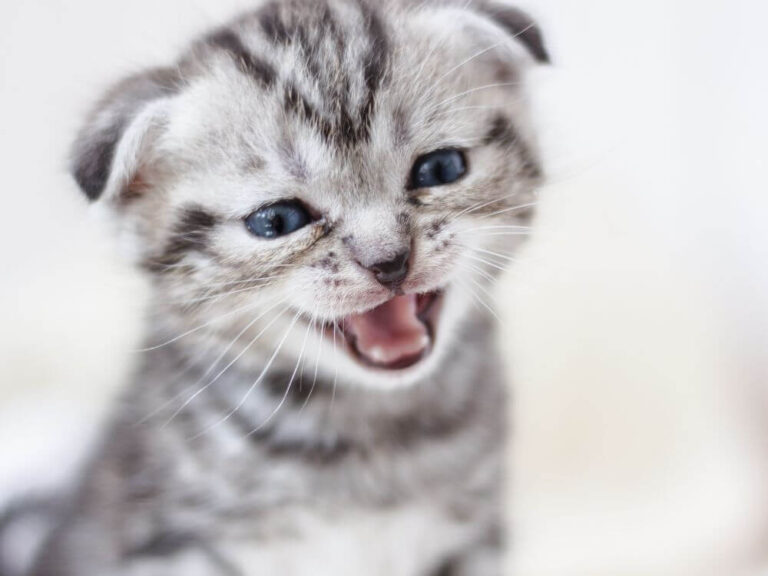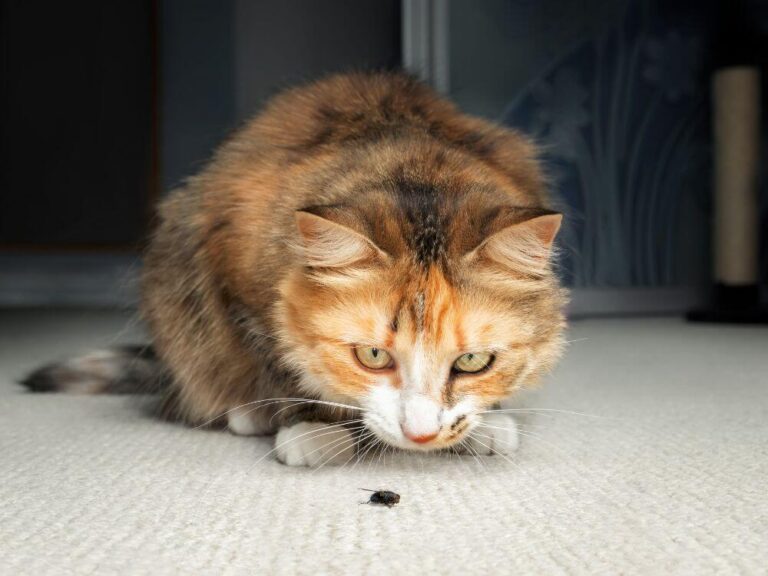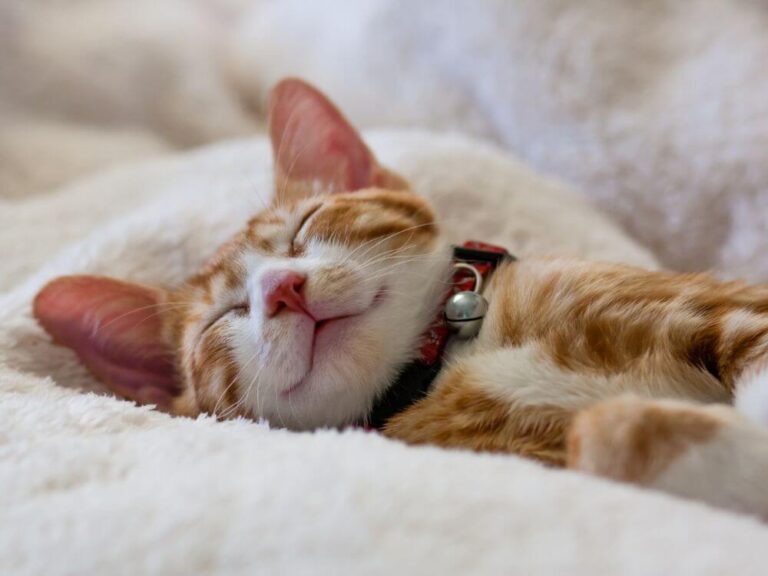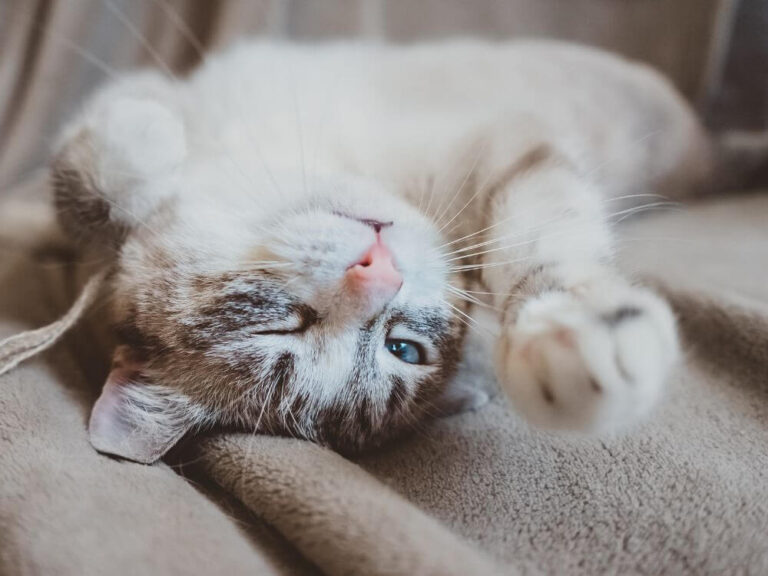The Secrets of Purring: Why Does My Cat Purr?
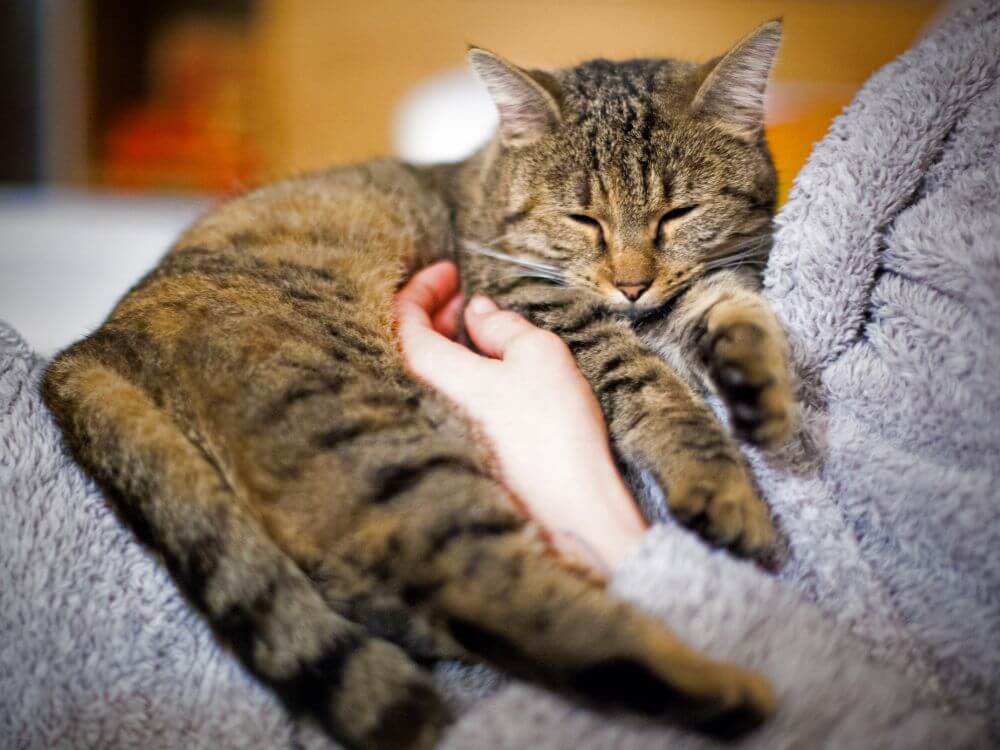
One of the most enchanting sounds a cat makes is its purr. The soft, rhythmic vibration, often accompanied by a relaxed posture and half-closed eyes, has captivated humans for centuries. But what lies behind this soothing sound? What drives purring cats to emit this unique vocalization? Understanding the reasons behind a cat’s purr can deepen your bond with your feline companion and reveal the complex emotions and instincts that shape their behavior.
The Mechanics of Purring
Before diving into the reasons why cats purr, it’s important to understand how they do it. Unlike other vocalizations, purring involves a combination of neural and muscular actions. The cat’s brain sends repetitive signals to the laryngeal muscles, causing them to twitch at a rapid rate. This movement dilates and constricts the glottis, the part of the larynx that opens and closes during breathing, producing the characteristic purring sound as air passes over the vocal cords. Purring can occur during both inhalation and exhalation, which gives it its continuous, rhythmic quality.
Why Do Cats Purr?
A Sign of Contentment
The most common reason a cat purrs is to express contentment and relaxation. When your cat curls up on your lap and begins to purr, it’s their way of showing they feel safe and comfortable. This form of communication is often compared to a human smile — a simple expression of happiness and well-being. Many cat owners cherish these moments, associating the sound with a deep bond and trust between themselves and their feline friend.
A Tool for Healing
Interestingly, purring isn’t just about expressing joy. Studies suggest that purring may have a healing function. The frequency of a cat’s purr, typically between 25 and 150 Hertz, has been shown to promote tissue regeneration, reduce inflammation, and even improve bone density. This ability to heal through purring is one of nature’s most fascinating adaptations. Cats may instinctively purr when injured or stressed as a way to self-soothe and facilitate recovery.
A Form of Communication
Purring also serves as a powerful communication tool. Kittens start purring when they are just a few days old, primarily to communicate with their mother. This early purring signals that they are content, helping to strengthen the bond between mother and kitten. Adult cats often continue this behavior, using purring as a way to communicate with other cats and humans. For instance, some cats purr when they want to draw attention to their needs, such as hunger or the desire for affection.
Stress Relief
Cats might also purr when they feel anxious or frightened. In these situations, purring acts as a calming mechanism. By purring, the cat can lower its own stress levels, which might explain why some cats purr during vet visits or other stressful events. The vibration and rhythm of purring may have a self-soothing effect, helping the cat cope with discomfort or fear.
Social Bonding
In multi-cat households, purring can play a significant role in social bonding. Cats may purr when grooming each other, reinforcing their social ties. This behavior isn’t limited to feline-feline interactions; cats often purr when they receive attention from their human companions, further solidifying the bond. In this context, purring acts as a form of social glue, helping to maintain harmony within the group.
The Mysterious “Solicitation Purr”
Not all purrs are created equal. Researchers have identified a specific type of purr known as the “solicitation purr,” which cats use to prompt their owners into action, particularly when they want food. This purr is slightly different from a typical contentment purr, often incorporating a higher frequency that resembles a baby’s cry. This sound is difficult for many humans to ignore, making it an effective way for cats to get what they want. This unique aspect of purring highlights the sophisticated ways cats interact with their human caregivers.
Misconceptions About Purring
It’s a common misconception that cats only purr when they are happy. While contentment is a major reason, it’s important to recognize that cats may also purr when they are in pain, scared, or even close to death. Understanding the context in which a cat purrs is crucial for interpreting their emotional state. For instance, if a cat purrs while showing signs of distress, such as hiding or refusing food, it could be a sign of illness or injury. Paying attention to these cues can help you provide better care for your cat.
How to Encourage Purring
If you want to encourage your cat to purr, focus on creating a calm, comfortable environment. Soft petting, a warm spot to rest, and quiet surroundings can help your cat feel at ease and more likely to purr. Some cats respond well to gentle talking or humming, which may mimic the vibrations they produce when purring. Every cat is different, so it’s important to observe your cat’s preferences and provide the type of attention they enjoy most.
Purring in Senior Cats: How Aging Affects Purring
As cats age, their purring habits can change. Older cats may purr less frequently or with different intensity. Various factors can influence this, such as their health, the presence of pain, or simply a decrease in energy and activity levels that comes with age.
Some older cats may purr more often when they feel pain or discomfort because purring can provide them with soothing relief, not just express contentment. Purring may occur in situations where the cat seeks comfort or needs pain relief. This is particularly important because senior cats are more prone to health issues that cause pain or discomfort, like arthritis or other chronic conditions.
Conclusion
Purring is one of the most distinctive and enchanting behaviors of cats. While it is often a sign of contentment, purring serves multiple purposes, from healing to communication to stress relief. By understanding the reasons behind your cat’s purr, you can deepen your connection with them and appreciate the complexity of their behavior. The next time your cat curls up beside you and starts to purr, you can take comfort in knowing that this simple sound is a window into their world.

